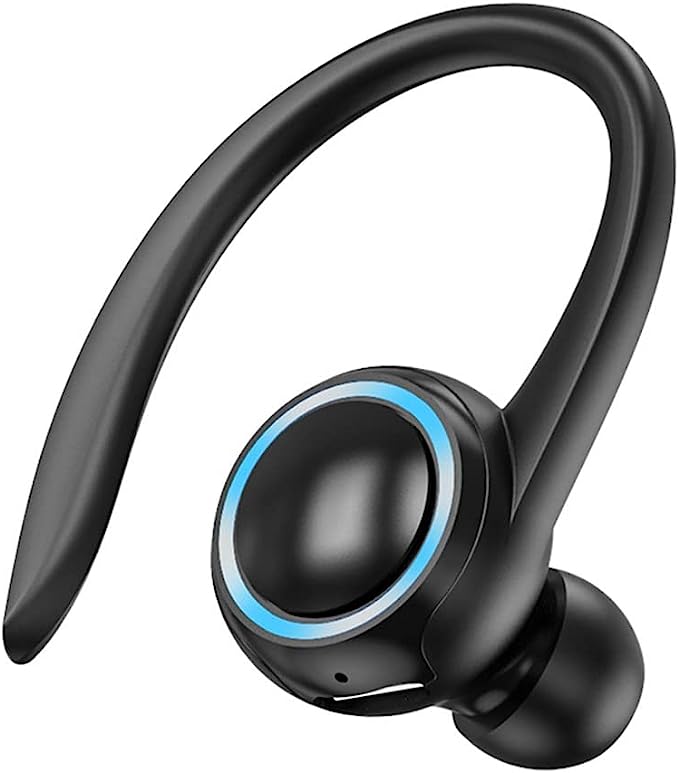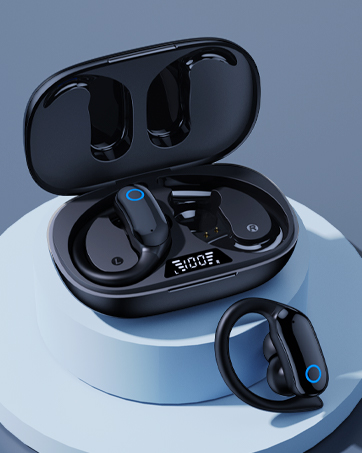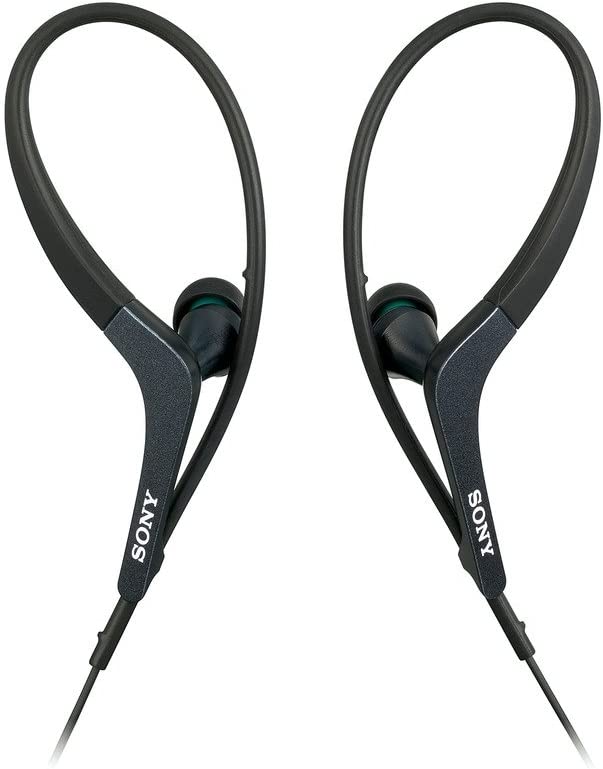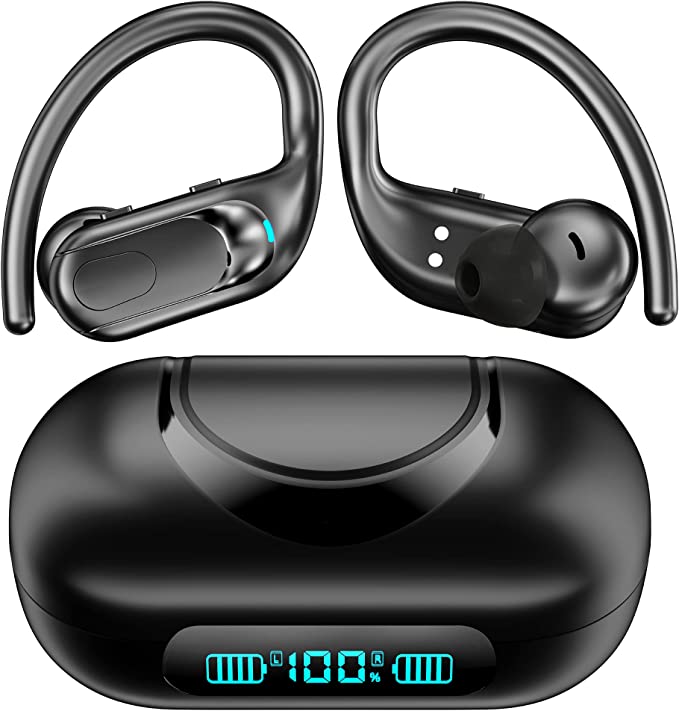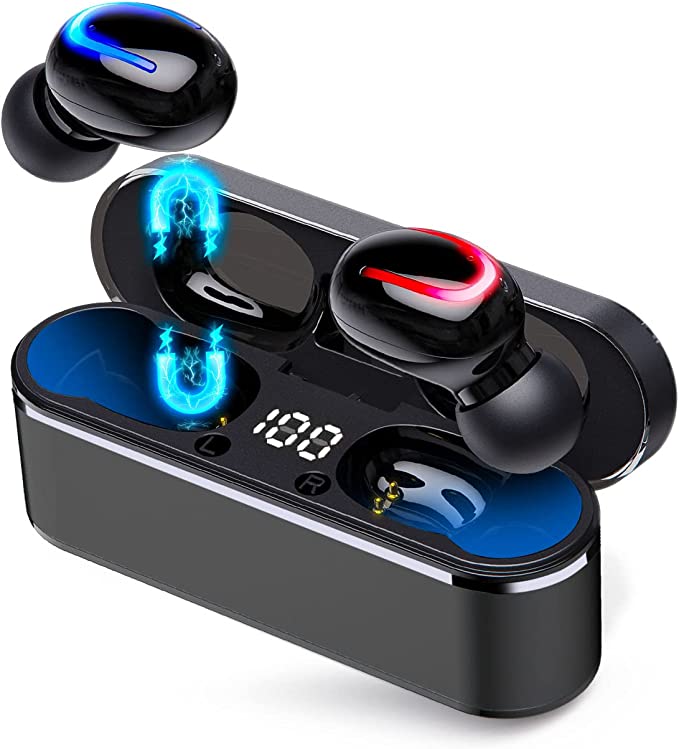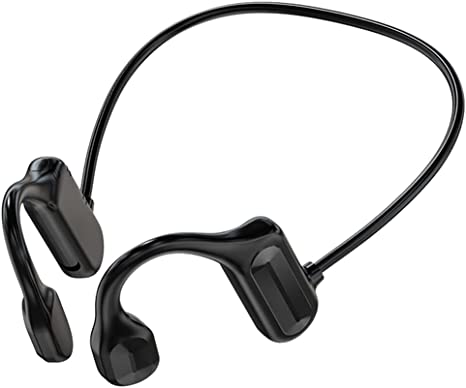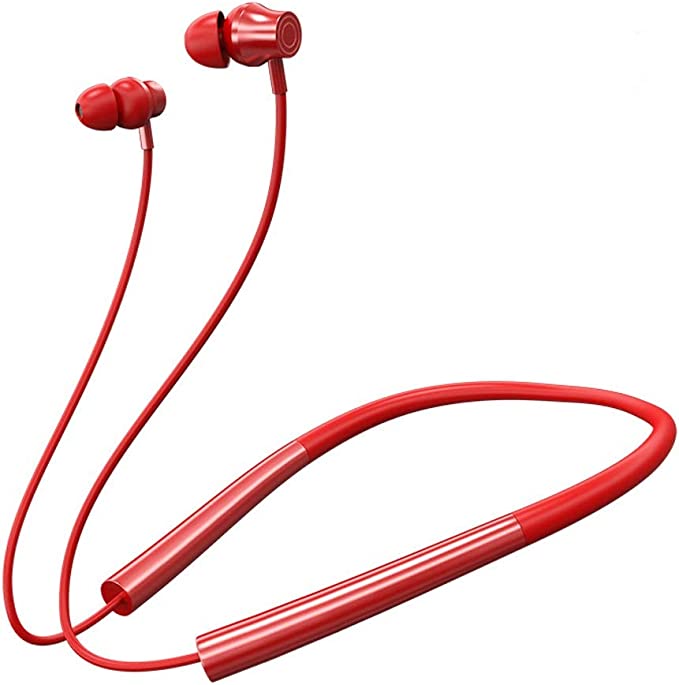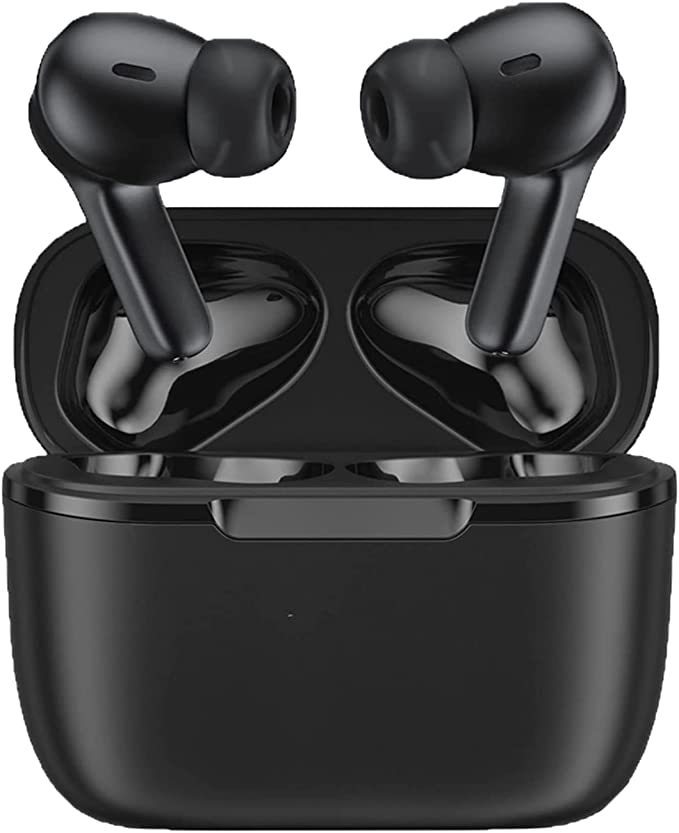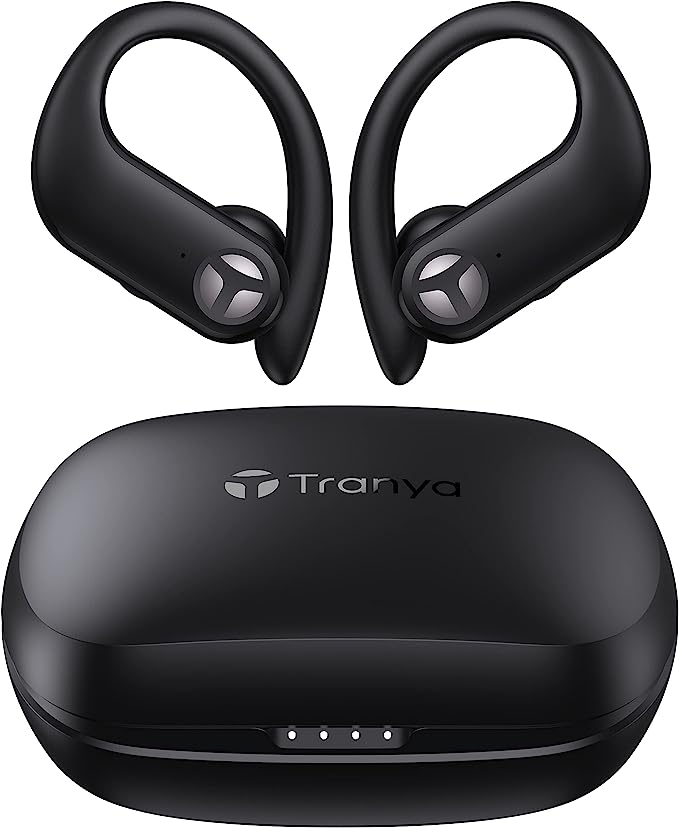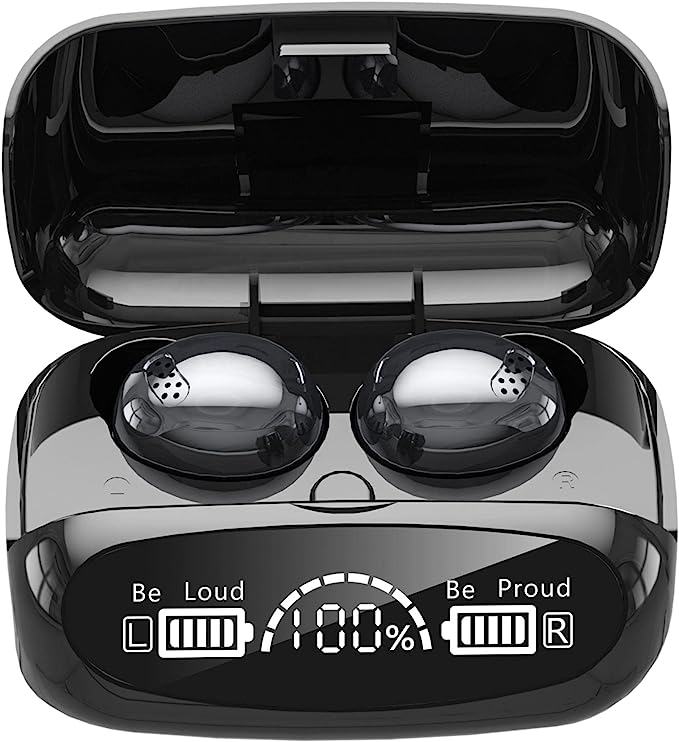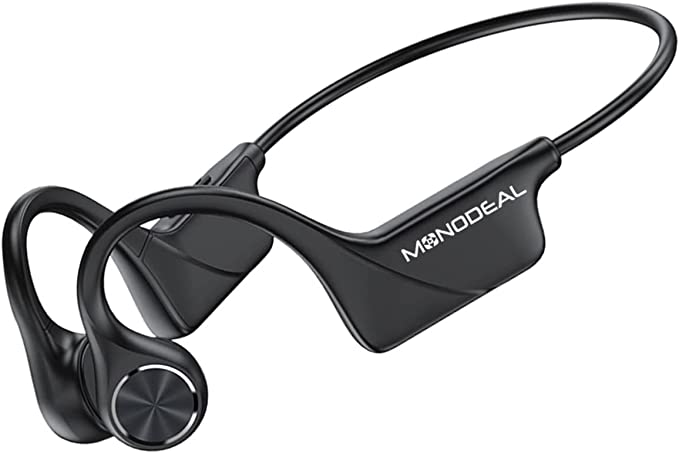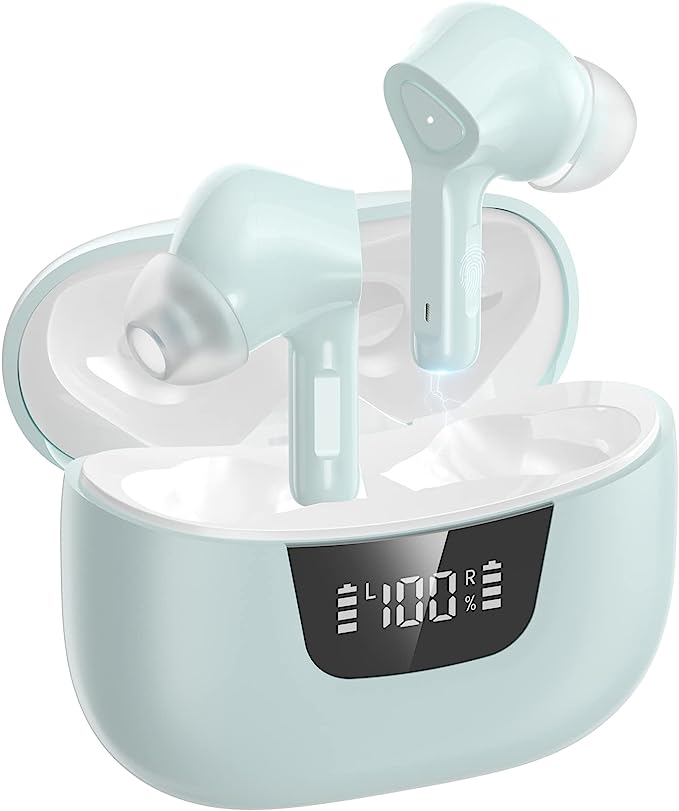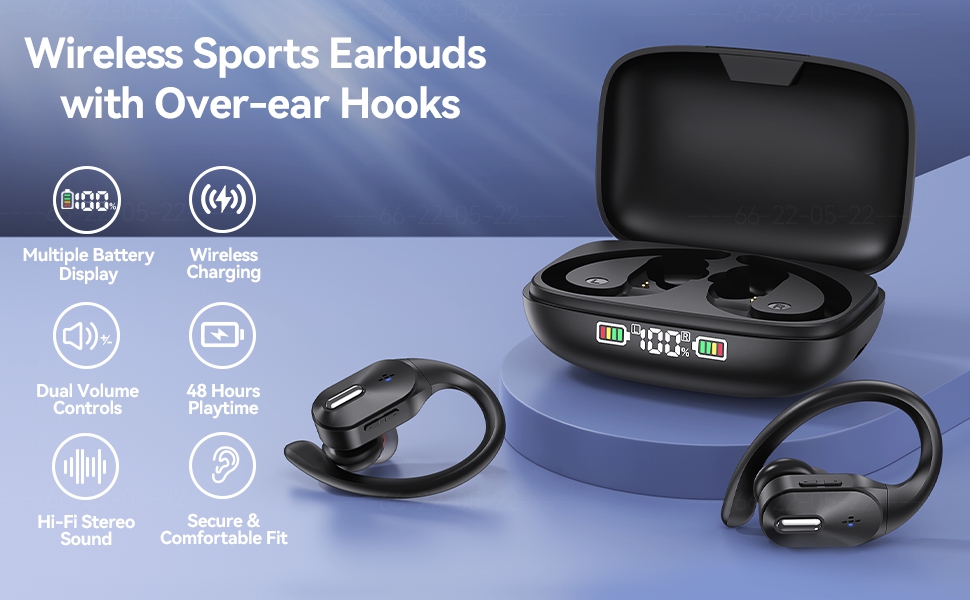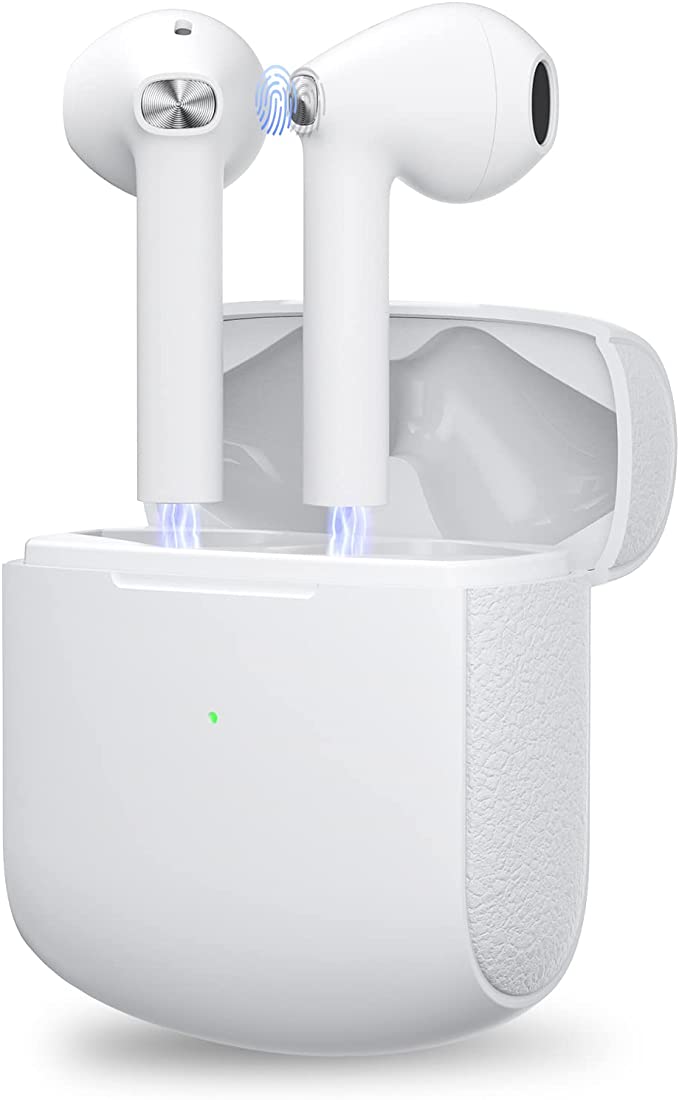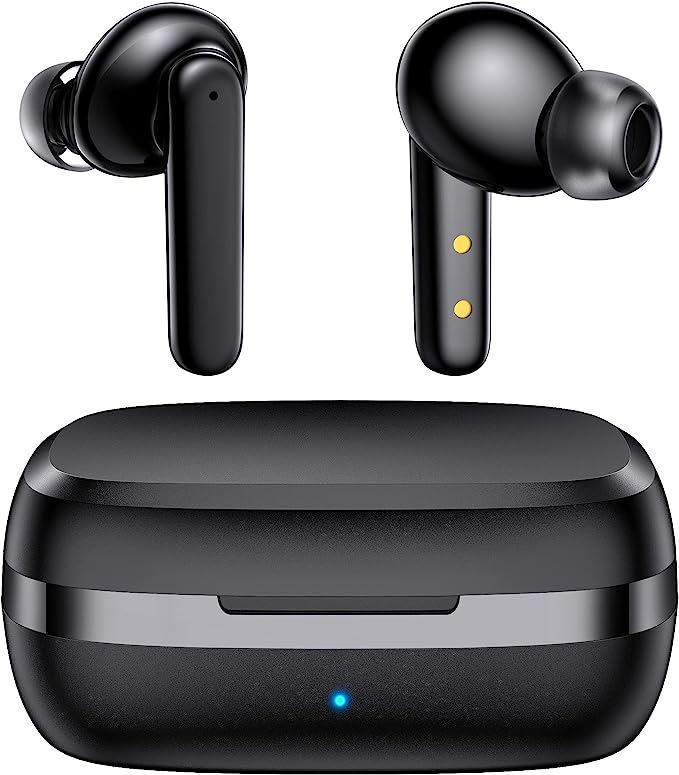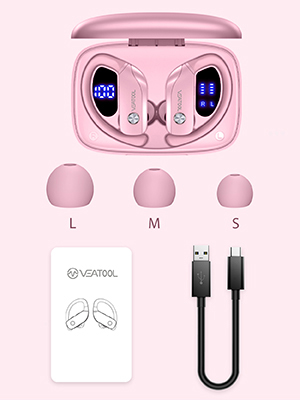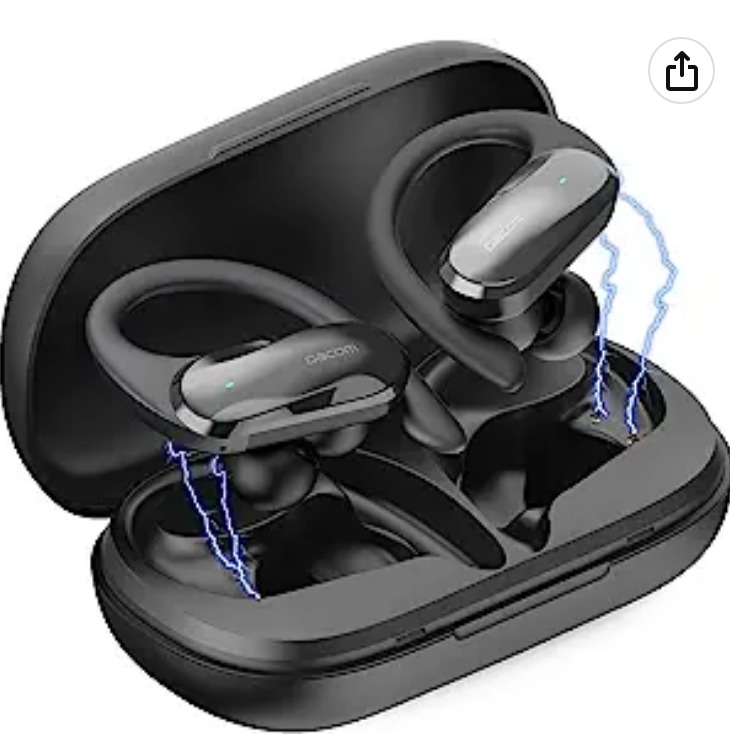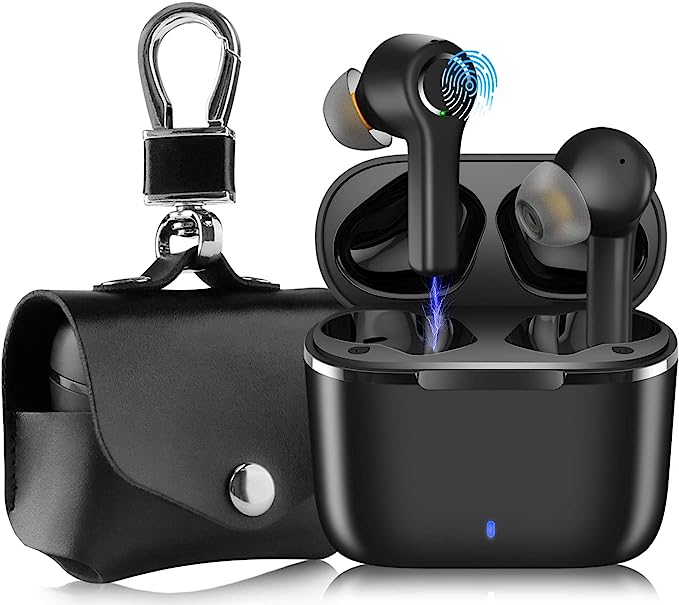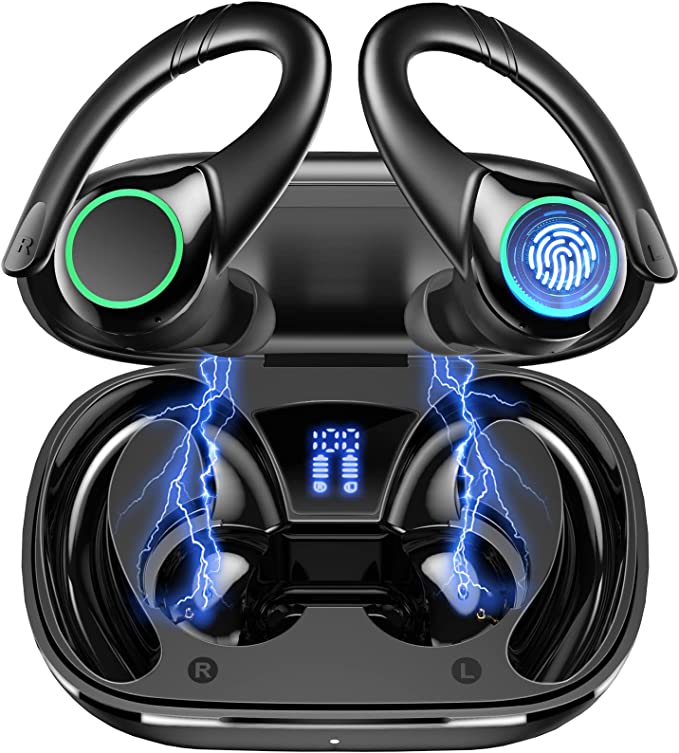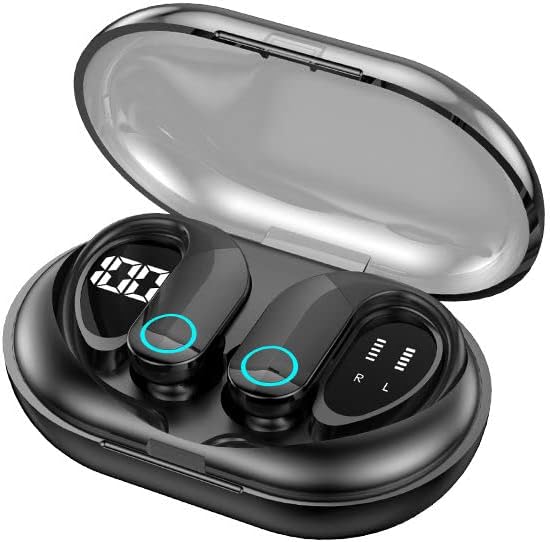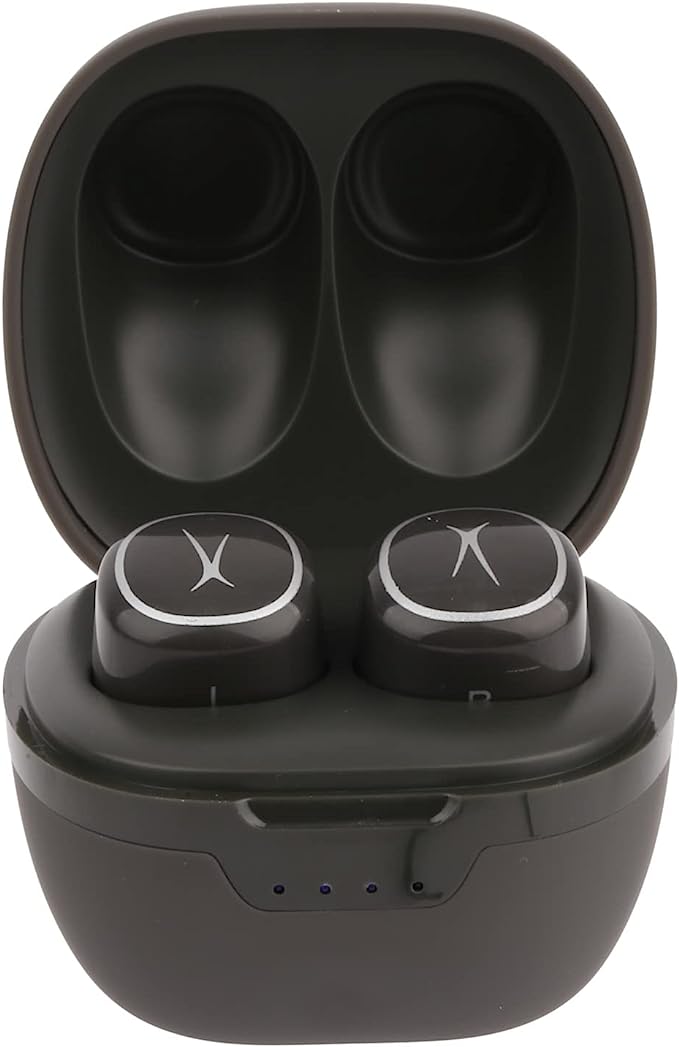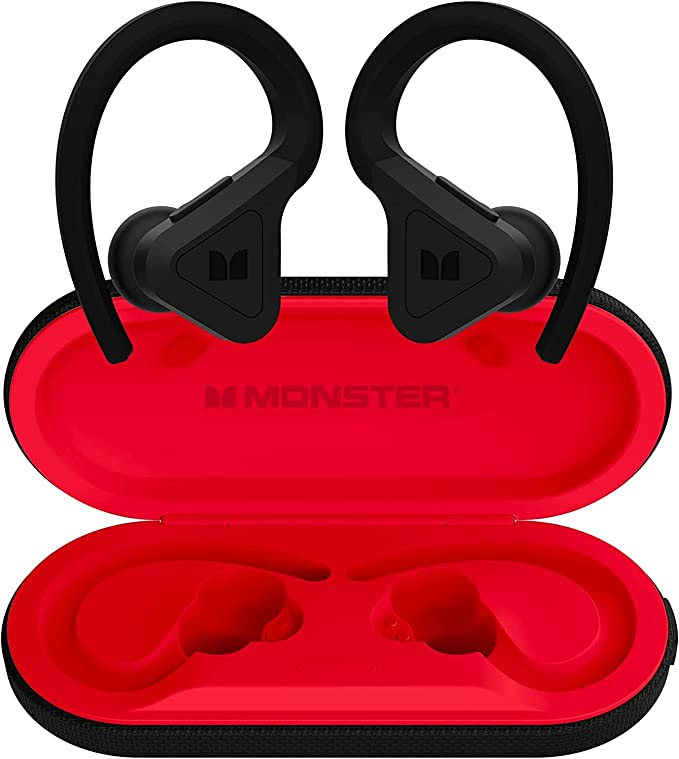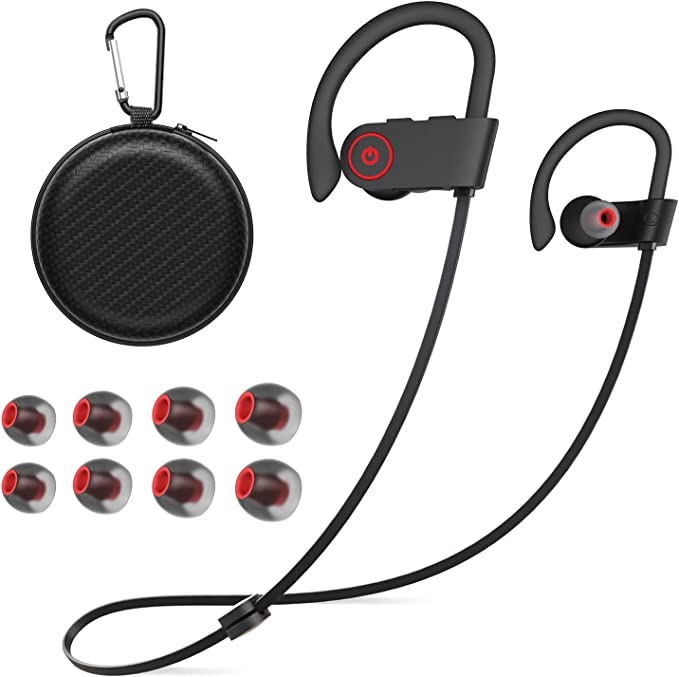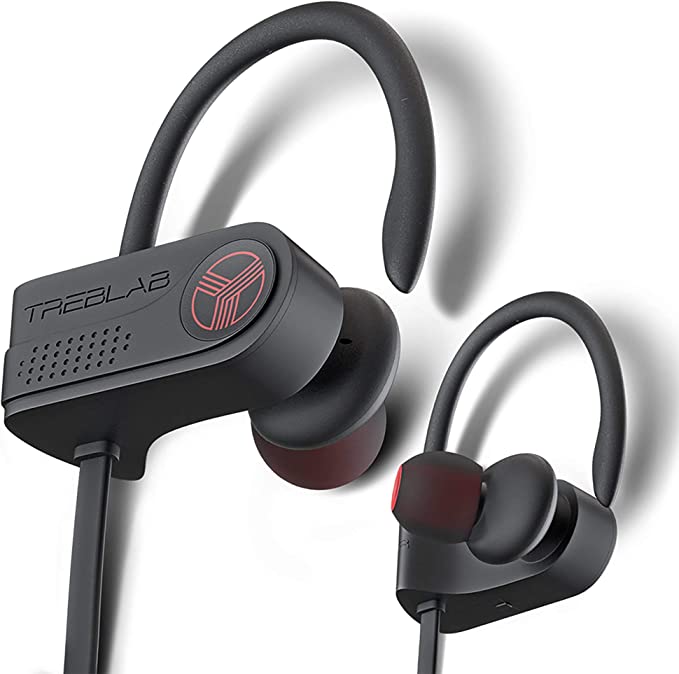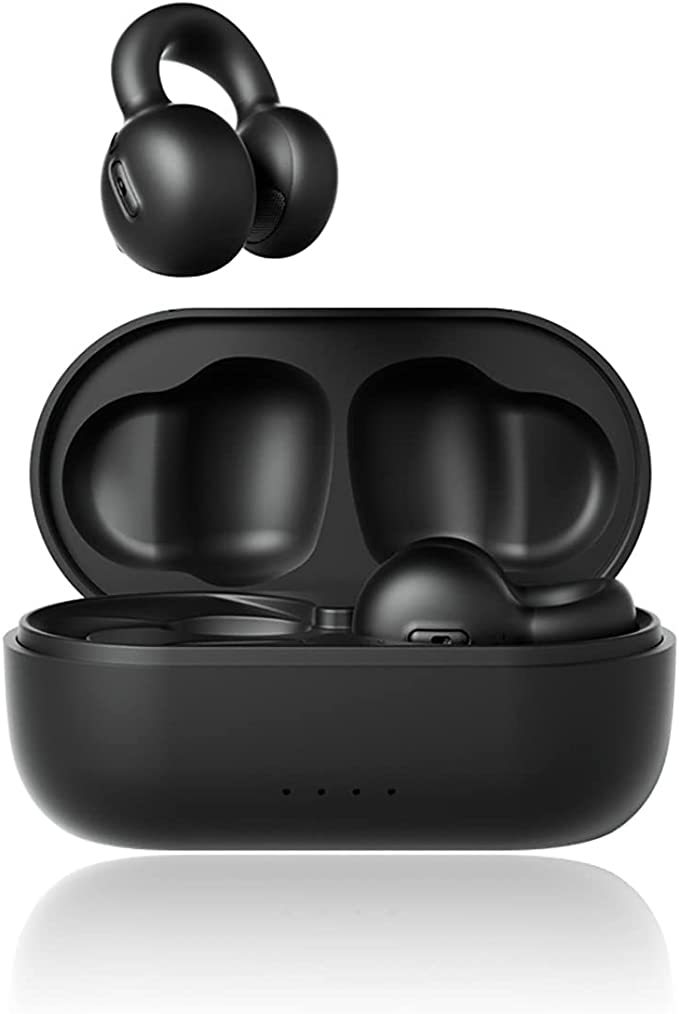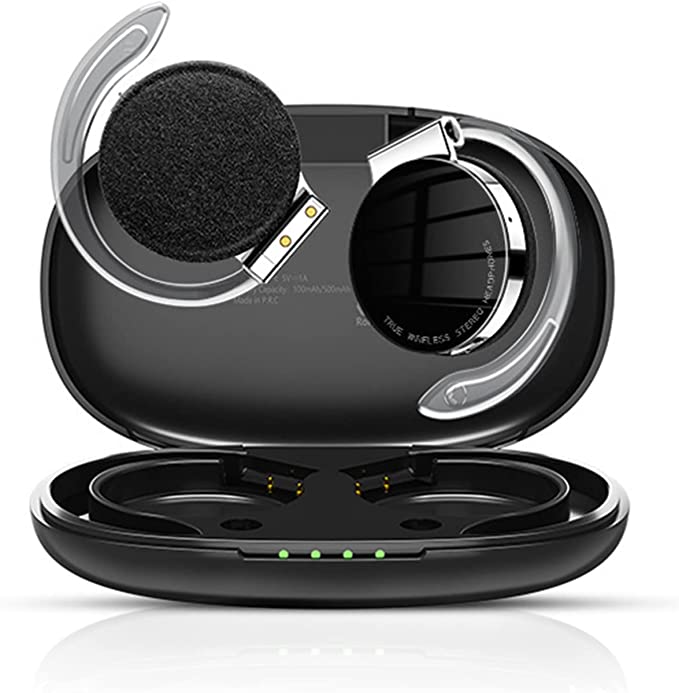Orancu A12 Wireless Headphones - Exceptional Sound and Comfort
Update on June 27, 2025, 9:16 a.m.
It starts with a subtle creak, then a telltale snap. A customer review for the Orancu A12 earbuds tells a familiar story: after two months of use, the flexible loop designed to keep the earbud secure during a workout simply broke. The immediate reaction is often a sigh of frustration, a condemnation of “cheap plastic.” But as an audio engineer who spends weekends scrambling up trails in the Rockies, I see something else. I see a clue. That snap isn’t just a failure; it’s a window into the brutal, complex, and fascinating world of engineering for athletes—a world built on the art of the trade-off.
So, let’s put the Orancu A12 on the virtual workbench. We’re not here to give it a star rating. We’re here to dissect it, to understand the engineering equation it tries to solve. This is a masterclass in how engineers battle physics, chemistry, and economics to create a device that can survive the beautiful, chaotic mess that is human movement.

The War on Gravity and Motion
The first enemy of any sports earbud is basic physics. Every time your foot strikes the pavement, a shockwave travels up your body. Every turn of your head generates centrifugal force. For a tiny object perched in your ear, this is a constant eviction notice.
The engineer’s first line of defense is a two-part strategy rooted in biomechanics: the over-ear hook and the in-ear seal. Think of the in-ear tip as creating friction, like the rubber sole of a shoe. It’s good, but not enough for dynamic movement. The over-ear hook is the game-changer. It functions as a cantilever, a structural element that extends horizontally and is supported at only one end. It hooks over the rigid cartilage of your auricle (the outer ear), effectively turning your entire ear into a stable anchor. Instead of just plugging a hole, the design distributes the load, wrestling gravity and inertia into submission.
This brings us back to that “snap.” The reason the hook is comfortable is because it’s made from a flexible polymer. But here lies the first great trade-off, a concept straight out of Materials Science 101: flexibility vs. fatigue strength. A rigid material would be more durable but agonizing to wear. A highly flexible material is comfortable but, under thousands of cycles of bending and stress from being put on and taken off, it can suffer from material fatigue and eventually fail. This is why one user’s earbud snaps while another’s lasts for years. It’s a delicate balance, further complicated by the fact that, according to the principles of human factors engineering, there is no “one-size-fits-all” ear. For some users with smaller ears, the geometry might be slightly off, creating a stress point that accelerates this failure. It’s not necessarily bad design; it’s the reality of designing one object for eight billion different people.

The Battle Against Chemical Warfare
The second enemy is more insidious: sweat. It’s not just water; it’s a saline solution, a mild acid that is relentlessly corrosive to electronics. The engineer’s weapon here is a standardized rating: IPX5.
Let’s break that down, because it’s more specific than you think. The “IP” stands for Ingress Protection, and the rating system is defined by the International Electrotechnical Commission’s standard, IEC 60529. The “X” means the device wasn’t tested for dust protection. The “5” is the crucial part. It certifies that the device can withstand low-pressure water jets from any direction, specifically from a 6.3mm nozzle at a distance of about 3 meters.
In real-world terms, this is more than enough to handle a torrential downpour or the sweatiest workout imaginable. This protection is usually achieved by a combination of tight physical seals and an invisible hero: a hydrophobic nano-coating on the internal circuit boards. This ultra-thin layer works at a molecular level to repel water, causing it to bead up and roll off instead of seeping into sensitive components.
So why not go for IPX7, which allows for full immersion? Again, it’s a trade-off. Achieving a truly waterproof seal that can withstand submersion pressure requires more robust, often more complex gaskets and construction. This adds cost, weight, and can sometimes negatively affect the acoustic performance by trapping air and altering the pressure within the earbud’s housing. For a sports earbud, IPX5 hits the sweet spot: maximum practical protection against sweat and rain without the engineering overkill (and associated cost) of being fully submersible.

The Quest for Uninterrupted Power
There are few feelings more demoralizing for an athlete than the abrupt silence when their motivation playlist dies three-quarters of the way through a marathon. The engineer’s answer isn’t just a bigger battery in the earbud itself—that would make it heavy and unwieldy. The solution is an energy ecosystem.
At its core is the now-ubiquitous Lithium-Ion battery, chosen for its high energy density (more power in less space) and lack of “memory effect.” The earbuds are the nimble scouts, carrying just enough power for a long session (a claimed 9 hours). The charging case is the mothership, a power bank that can refuel the scouts multiple times for a total endurance of 48 hours.

The Orancu A12’s case offers two ways to refuel the mothership: the modern standard of USB-C and the convenience of Qi wireless charging. Qi works on the principle of electromagnetic induction—a magnetic field from the charging pad induces an electrical current in a coil within the case. It’s slightly less efficient than a direct wired connection via USB-C, meaning some energy is lost as heat, but its “set it and forget it” nature is a significant user-friendly feature.
Perhaps the most underrated feature in this ecosystem is the smart LED display. This is pure user psychology. A simple blinking light creates uncertainty. Is it 70% charged or 10%? A clear, numerical percentage gives the user a sense of control and certainty, effectively eliminating “battery anxiety” before a long workout. It transforms an abstract state into concrete, actionable information.

The Engineer’s Takeaway for Every Athlete
Looking at the Orancu A12, or any piece of sports equipment, through an engineer’s lens reveals a fundamental truth: great design is not about perfection. It is the art of the intelligent compromise. It’s a system designed to win a war on multiple fronts, where every solution presents a new set of trade-offs.
So, the next time you’re shopping for gear, don’t just read the marketing points. Ask the engineer’s questions:
- On Stability: How does it fight motion? Is it relying on friction alone, or is there a mechanical anchor like an ear hook? What is that anchor made of, and what does that imply about the balance between comfort and long-term durability?
- On Durability: What does its IP rating really mean? Is it designed to survive my specific environment (rain and sweat) or an environment I’ll never be in (a swimming pool)?
- On Endurance: What is the total energy ecosystem? Is the case just a box, or is it a well-designed power bank with clear, anxiety-reducing feedback?
The goal isn’t to find a product with no weaknesses. It’s to find the product whose specific set of well-reasoned compromises best matches your needs. That’s the athlete’s equation. And understanding it is far more valuable than any five-star review.
